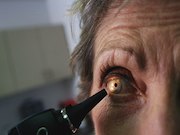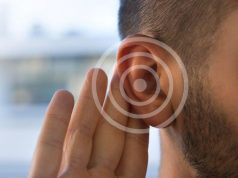Rehabilitation has similar direct health care costs as basic low-vision services
FRIDAY, April 13, 2018 (HealthDay News) — Low-vision (LV) rehabilitation is associated with improvement in several dimensions of visual function, according to a study published online April 12 in JAMA Ophthalmology.
Kevin T. Stroupe, Ph.D., from the Edward Hines Jr. Veterans Affairs (VA) Hospital in Hines, Ill., and colleagues conducted the Low Vision Intervention Trial (LOVIT) II from Sept. 27, 2010, to July 31, 2014, at nine VA facilities. The study included 323 veterans with macular diseases and a best-corrected distance visual acuity of 20/50 to 20/200. Veterans were randomized to receive basic LV services that provided LV devices (160 participants) or LV rehabilitation (LV services + a therapist; 163 participants).
The researchers found that the mean total direct health care costs per patient were similar for the two groups ($1,662 for basic LV services versus $1,788 for LV rehabilitation; P = 0.15), although basic LV services required less time and had lower transportation costs. There were greater improvements in overall visual ability, reading ability, visual information processing, and visual motor skill scores for patients receiving LV rehabilitation.
“Low-vision rehabilitation was associated with improvement in several dimensions of visual function, with similar direct health care costs as for basic LV services,” the authors write. “As the VA has committed additional resources to outpatient blind rehabilitation, the LOVIT and LOVIT II programs may provide a useful model for expanding outpatient LV services.”
Copyright © 2018 HealthDay. All rights reserved.








